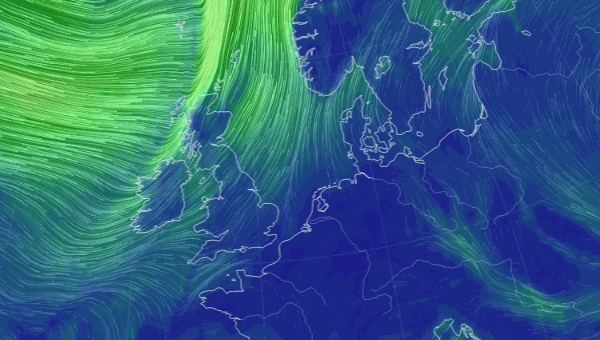An Arctic blast is set to hit the northern Europe in
the next few days, making both the temperatures and the continent’s cumulative natural
gas supply plummeting in a significant way.
The above weather model shows how the extreme
weather front is moving across the region in the next few days.
The price of the LNG, liquefied natural gas, which had
been falling in the last few days from a record high, started going up again in
light of the development on the weather front; in addition, it got boosted by
the clashes along the border between Belarus and Poland.
At present, Russia and the West are at loggerheads
over range of issues and in this context, President Putin’s promise to provide
Europe with extra supply of gas may not materialize – according to political
analysts.
As of 12.40 GMT, the price of LNG was $5.14; the
cascading effect was clear in the price of crude oil too: WTI was at $81.45 and
Brent at $82.82.
Europe is not the only region that is at the mercy
of nature at present, when the energy crunch is biting; China, the world’s
second largest consumer, is experiencing unusually-cold temperatures at the onset
of the winter season as well.
Since two major energy markets in the world, Europe
and China, feel the pinch of plummeting temperatures, the pressure on the major
commodities can only get more intense, which can potentially push the prices
further up and directly affect the global productivity as a whole.
The rising rate of Covid-19 infections, and the diminished
demand due to higher prices, however, can still put a damper on the enthusiasm of
the investors of the crude oil.
In this context, the next two reports of the weekly US
crude oil inventories, to be released on Tuesday and Wednesday respectively, are going to be an interesting read to gauge
the subtle movements of the energy sector – something that slip through the
analytical grip of a typical data analyst.







